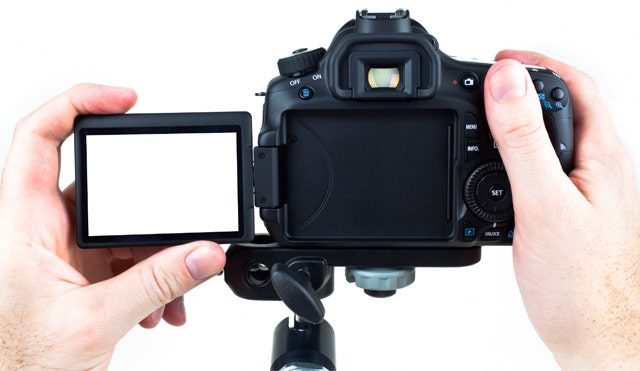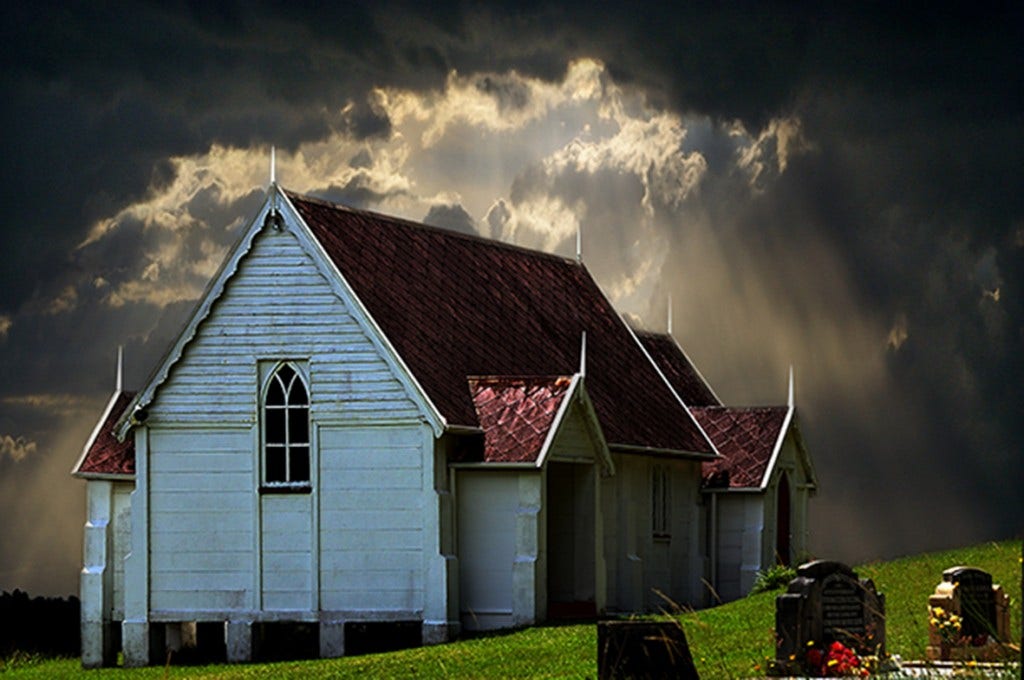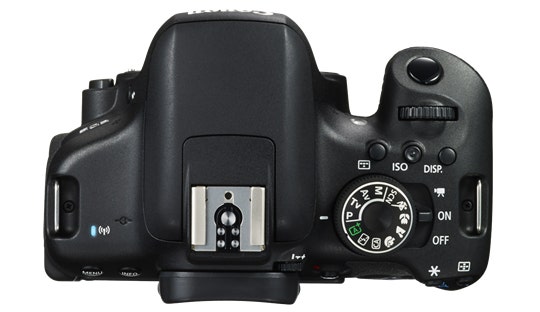
Getting your first DSLR camera can be an exciting time. Finally, you’re going to start documenting your memories with professional images!
Alas, it’s not so simple, as you’ll realise once you’ve charged up that battery and started shooting. So what is it that sets professional images apart from the rest? How can you replicate the wow factor?
Here are seven simple tips you can follow to ensure you’re maximising all the functions on your DSLR camera and taking the snaps that justify your purchase.
1. Read the manual
We know; with its minuscule writing and Bible-thin pages, reading your camera’s manual is as tedious as it gets.
You can work it out through experimentation, right? After all, you’re itching to get out there and start snapping away.
Sure, you can head out into the wilderness and rely on your instincts. But reading the manual, as droll as it is, will undoubtedly give you a head start. With a greater idea of your camera’s capabilities, you’ll be more confident about experimenting with various settings – not to mention, you have a better understanding of your camera when you may need to troubleshoot a specific problem.
2. Never stop experimenting
As you read the manual – and afterwards, naturally – you should experiment as much as you can. The only way you’re going to get a feel for your camera is to shoot all kinds of objects and scenarios with all manner of modes and settings.
Who knows what you’ll enjoy? You might be comfortable taking portrait shots, yet find the fresh air and spontaneity of nature shots leaves you thrilled. Find your own niche and you’ll really get the most out of your DSLR.
3. Learn the basics
You can get more creativity and quality out of your DSLR images if you avoid those all-too-easy Auto buttons. With DSLRs, you have so much more control over the amount of light that enters your camera, the quality of the image and the shutter speed. This freedom will show in your final product.
Unleash your inner photographic genius by familiarising yourself with the basics – ISO, shutter speed and aperture setting – and playing around with these settings until you’re comfortable using each one. Sure, sometimes urgency may call for the Auto button, but you’ll certainly reap the benefits of using the manual settings.
4. Kill the on-camera flash
You’re more likely to get an atmospheric, moody shot if you leave the flash off. Your on-camera flash can bleach a photo, leaking it of colour and overexposing the shot.
You can often get much better shots in low-light conditions if you turn off the flash, increase the ISO and decrease shutter speed. Give it a go – you may be surprised by the results.
5. Understand the rules of composition
You can be a pro with shutter speed and the aperture setting, but if you haven’t learnt how to incorporate space, symmetry, perspective and balance into your photographs, they will still turn out dull and lifeless. But what makes the right composition? Look it up, study it, then go out into the field and practise what you’ve learned.
 Image credit: Alan Small, Taree Camera House.
Image credit: Alan Small, Taree Camera House.
Some rules are made to be broken – and so it is with the rules of composition – but you need to learn the basics before you turn rogue. Find out the standard rules so you can apply them where they work best (and you can throw them out the window when something unexpected shows up).
6. Try RAW image
We’re often scared by what we don’t know, which is why many new DSLR users steer clear of the RAW image setting.
RAW image gives you much more flexibility to perfect your photographs back in the dark room (nowadays, your image processing program on your laptop).
Storing RAW images might not be your thing, but how do you know if you don’t try. If you’re really not sure, set your camera to capture both in RAW and JPEG mode. Keep in mind this uses more space on the card. But once you’ve tried this out and touched up your images back in the office, you’ll have a clearer idea of where you stand on the RAW vs JPEG front.
7. Share your photos
What’s the point in the investment and the effort if you aren’t going to let others appreciate your shots? Sharing your photos through social media and print photos – yes, it still happens! – will allow you to receive feedback from others.
You’ll no doubt be encouraged by what you hear. But you’ll also be motivated to keep perfecting your craft until you’ve found your niche in the art of photography.

